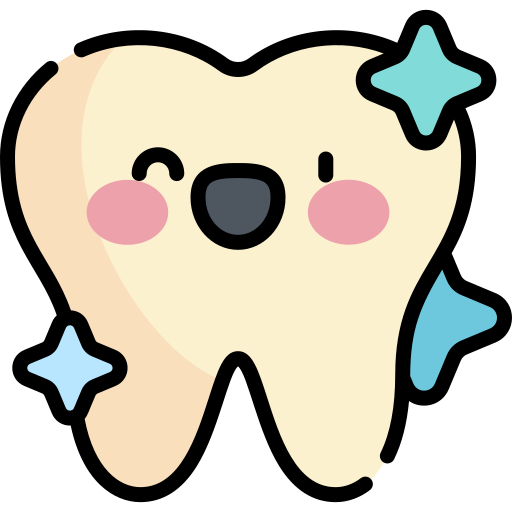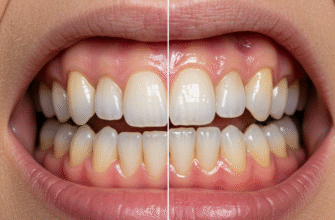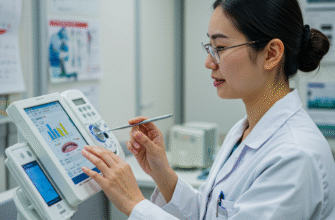Many people operate under a common misunderstanding about dental care: the idea that X-rays are only necessary when something feels wrong, like a nagging toothache or sudden sensitivity. This belief, while perhaps understandable from a perspective of avoiding extra procedures or perceived costs, overlooks the fundamental, proactive role that dental radiographs play in maintaining your long term oral wellbeing. Waiting for a problem to announce itself often means waiting until it has become more significant, more complex, and potentially more uncomfortable or expensive to address. The truth is, dental X-rays are a cornerstone of preventative dental care, offering a unique window into the hidden areas of your mouth.
Peering Beneath the Surface: What Dentists See
Think of a dental X-ray as an essential diagnostic tool, much like other routine health screenings. Your dentist can learn a great deal from a visual examination and by probing your teeth, but some areas and conditions are simply invisible to the naked eye. X-rays illuminate these hidden zones, allowing for early detection of issues that might otherwise go unnoticed until they cause significant trouble.
So, what exactly are dentists looking for when they recommend X-rays as part of your check-up?
- Cavities Between Teeth: These sneaky cavities, known as interproximal cavities, can develop undetected between your teeth. By the time they are visible or cause discomfort, they might be quite large. X-rays can spot them when they are small and easier to treat.
- Decay Under Existing Fillings: A filling might look perfectly fine from the outside, but decay can sometimes begin to form underneath it. X-rays help identify this recurrent decay before the filling fails or the tooth suffers more extensive damage.
- Changes in Bone Structure: Gum disease can lead to bone loss around your teeth. While a clinical exam reveals gum health, X-rays provide crucial information about the underlying bone levels, helping to assess the severity and progression of periodontal issues. Early detection is key to managing this condition.
- Infections at the Root: An infection at the root of a tooth, often an abscess, can be painless in its early stages. An X-ray can reveal these hidden infections, which need prompt attention to prevent spread and more serious complications.
- Impacted Teeth: Teeth that do not have enough room to erupt properly, such as wisdom teeth, are called impacted. X-rays show their position and can help determine if they are likely to cause problems like pain, infection, or damage to adjacent teeth.
- Cysts or Other Abnormalities: Though less common, X-rays can help detect cysts, some types of tumors, or other developmental abnormalities in the jawbone that would not be otherwise visible. Early identification of such conditions is always beneficial.
- Monitoring Developing Teeth: For children and teenagers, X-rays are invaluable for monitoring the development of permanent teeth, ensuring they are coming in correctly, and identifying any potential orthodontic issues early on.
Without the information gleaned from these images, dentists would be working with an incomplete picture of your oral health. It is like trying to understand the full story of a house by only looking at its exterior paint and garden.
The Power of Prevention and Early Detection
The greatest advantage of routine dental X-rays lies in their power for early detection. When potential problems are identified in their nascent stages, the benefits are manifold. Treatment is generally less invasive. For example, a tiny cavity caught early might only require a small filling, preserving more of your natural tooth structure. If that same cavity is left to grow, it could lead to the need for a root canal, a crown, or even extraction – procedures that are more complex, time-consuming, and costly.
Consider the following advantages of early intervention made possible by X-rays:
- Simpler Treatments: Small problems usually mean simpler solutions. This often translates to less discomfort and quicker recovery.
- Preservation of Tooth Structure: The earlier an issue is addressed, the more of your natural tooth can be saved. This is always the primary goal in dentistry.
- Reduced Costs: Treating minor issues is almost always less expensive than addressing advanced dental problems. Investing in preventative X-rays can save you significant money in the long run by avoiding more extensive and costly procedures.
- Better Long Term Outcomes: Managing dental conditions early helps maintain overall oral health and can prevent a cascade of related problems.
Waiting for pain to be your guide is a reactive approach to dental health. Pain is often a late-stage symptom, indicating that a problem has already progressed. Proactive care, including regular X-rays as recommended by your dentist, allows for a more controlled and effective management of your oral wellbeing.
Dental X-rays are a vital diagnostic tool used for early detection of dental issues that are not visible during a standard visual examination. Professional guidelines help dentists determine the appropriate frequency for X-rays, balancing the diagnostic benefits with the goal of minimizing radiation exposure. This tailored approach ensures that X-rays are used effectively to support comprehensive oral health care for each individual patient.
Understanding X-Ray Frequency
A common question is, “How often do I actually need dental X-rays?” There is no one size fits all answer to this. The frequency of dental X-rays depends on several factors, including your current oral health, your age, your risk for developing dental disease, and any signs or symptoms of dental problems you might be experiencing. For example, a new patient will likely have a full set of X-rays taken to establish a baseline of their oral health. Someone with a history of numerous cavities or gum issues might need them more frequently than someone with consistently excellent oral health.
Children and adolescents may also require X-rays more often than adults because their teeth and jaws are still developing, and they can be more susceptible to tooth decay. Your dentist will assess your individual needs and history to recommend an X-ray schedule that is appropriate for you. It is a personalized decision made in consultation with your dental professional, always with your best interest in mind.
Addressing Concerns About Radiation
It is natural to have questions about radiation exposure from dental X-rays. However, it is important to understand that the amount of radiation used in modern dental X-ray procedures is extremely small, especially with digital X-ray technology, which is now widely used. Dental offices take every precaution to minimize exposure. You will be covered with a lead apron, and often a thyroid collar, to protect the rest of your body.
To put it into perspective, the radiation dose from a set of routine dental X-rays (like bitewings) is comparable to the amount of background radiation you receive from natural sources in a single day, or from a short airplane flight. The diagnostic benefits gained from these images, particularly in terms of early problem detection and prevention of more serious issues, far outweigh the minimal risk associated with this low level of radiation. Dentists are trained to prescribe X-rays judiciously, only when they expect the diagnostic information to be beneficial for your care.
The True Cost of Skipping X-Rays
Sometimes, the decision to forgo recommended X-rays is driven by a desire to save on immediate costs. However, this can often be a false economy. When dental problems are allowed to develop undetected, they typically become more complex and, consequently, more expensive to treat. A small, hidden cavity that could have been fixed with a simple filling if caught early by an X-ray might progress to the point where it requires a root canal and a crown – a significantly more involved and costly undertaking.
Think of routine X-rays as an investment in your future oral health and financial wellbeing. By enabling early detection and intervention, they help you avoid the pain, inconvenience, and higher expenses associated with treating advanced dental conditions. The relatively small cost of preventative X-rays can pale in comparison to the cost of extensive restorative work later on.
X-Rays: An Indispensable Part of Your Dental Health Journey
In conclusion, the myth that you only need dental X-rays if you suspect a problem is a dangerous one. It encourages a reactive approach to dental care, where problems are often only addressed once they have become significant. Dental X-rays are not just for emergencies or troubleshooting existing pain; they are a fundamental component of comprehensive, preventative oral healthcare.
They provide your dental team with essential information that simply cannot be obtained through a visual check alone. By revealing hidden decay, bone loss, infections, and other potential issues at their earliest stages, X-rays empower you and your dentist to take proactive steps. This leads to simpler, less invasive, and more cost effective treatments, ultimately helping you maintain a healthy smile for life. So, the next time your dentist recommends X-rays, understand that it is not an unnecessary add on, but a crucial part of looking after your overall oral wellbeing, helping to catch small issues before they become big headaches.








